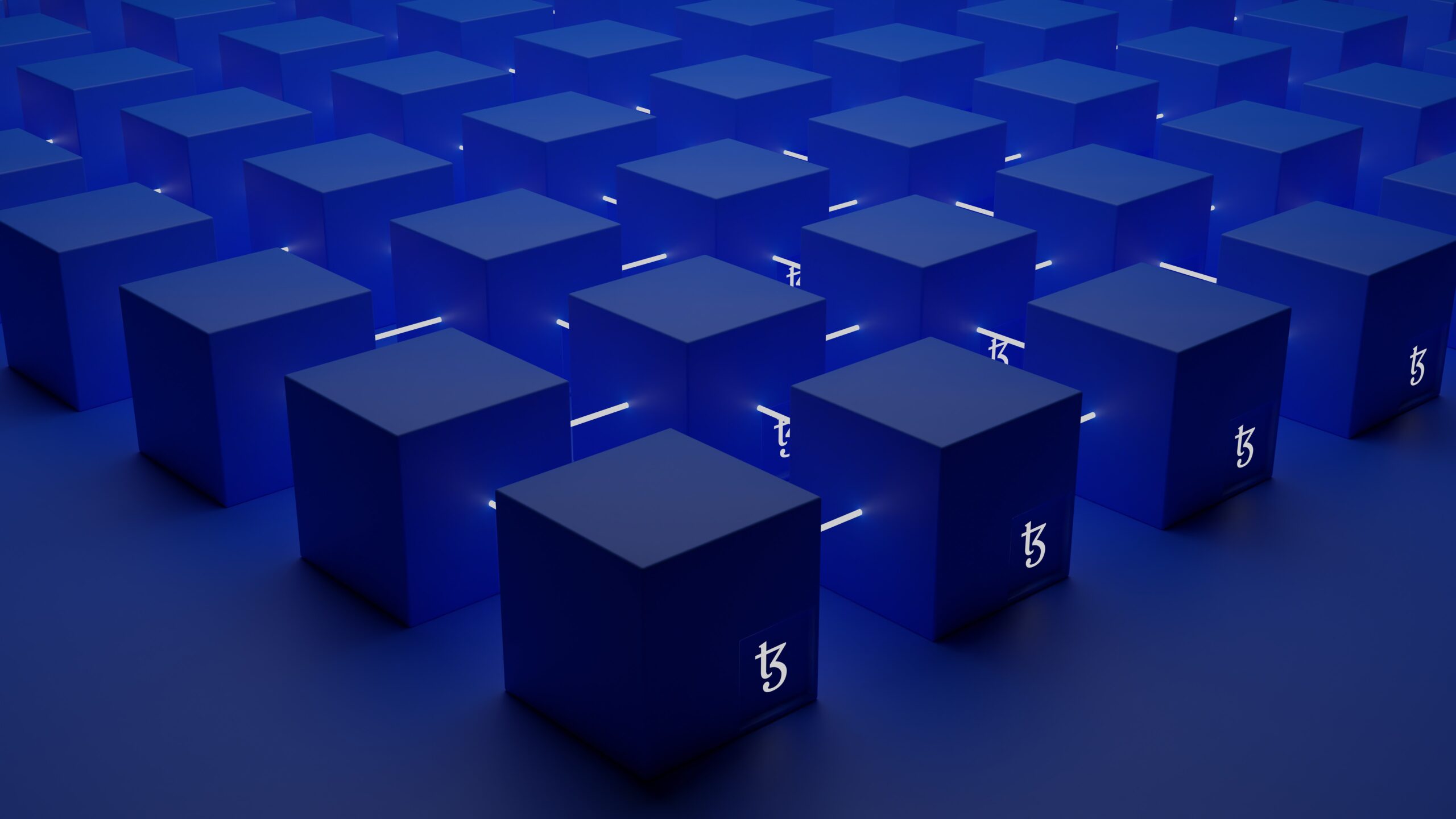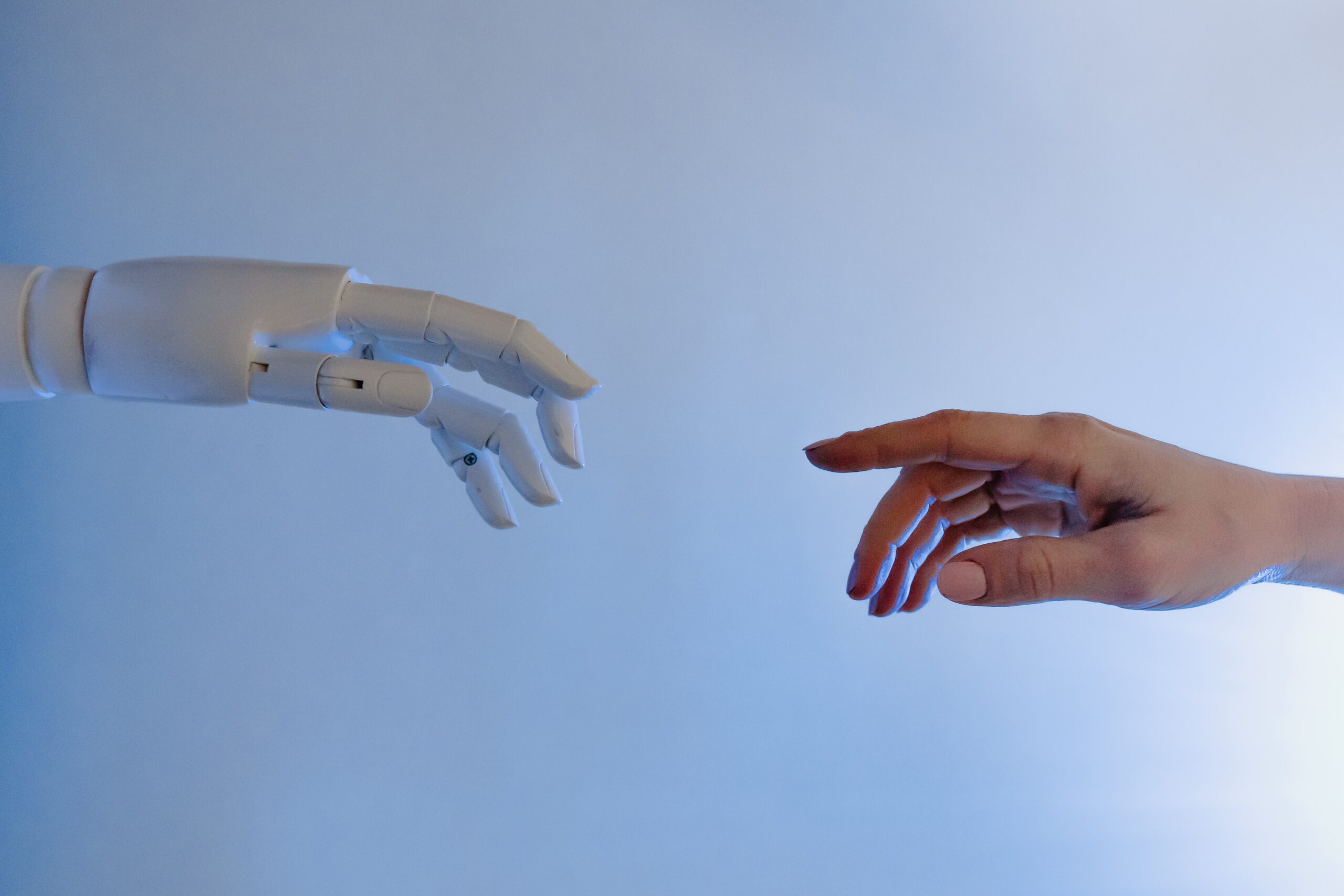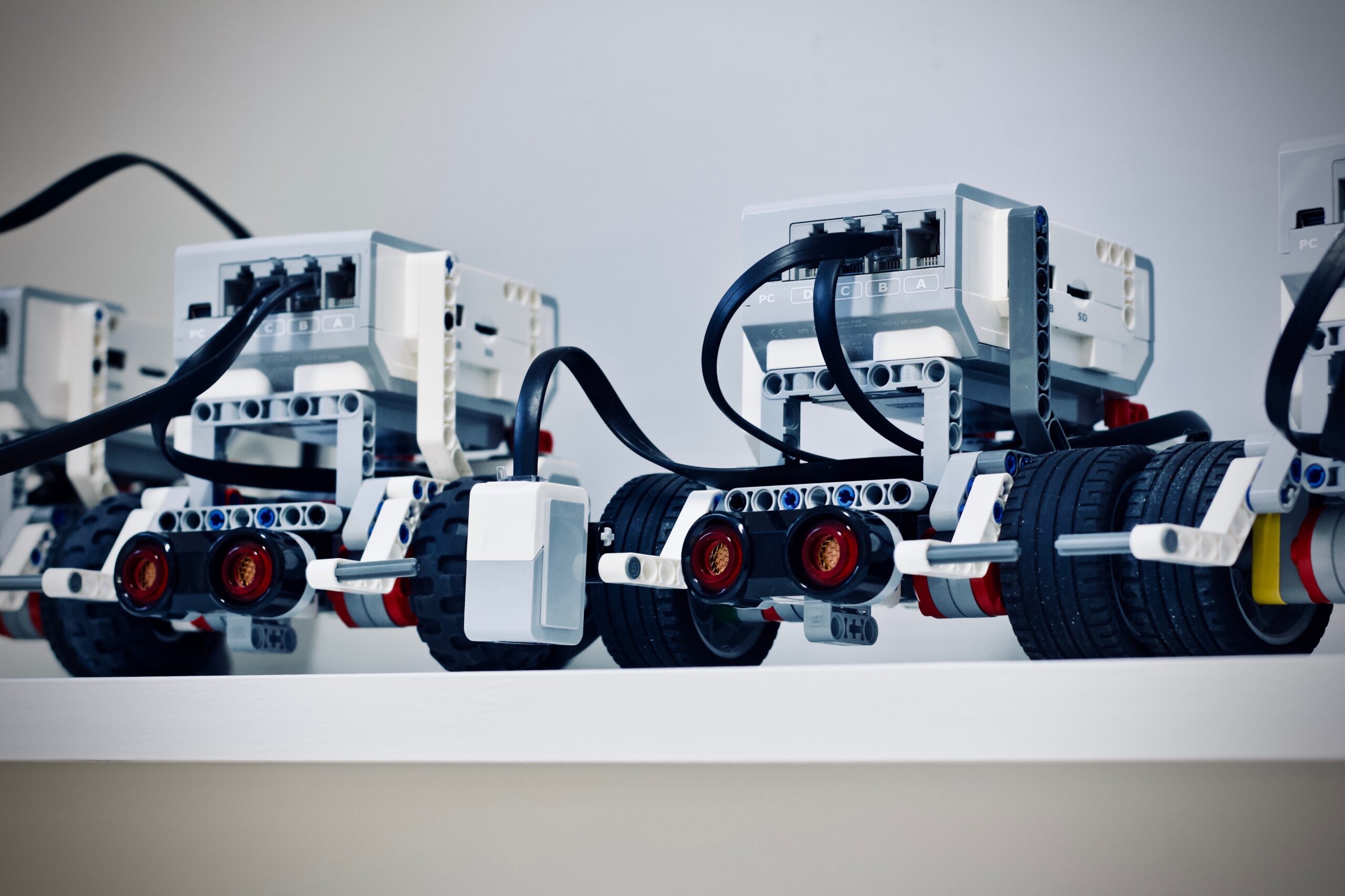One industry for which blockchain tech has been particularly beneficial is the management of global supply chains. With more connected devices, this will become even more prevalent. This article will introduce the basics of supply chain management, and then explain how blockchain technologies aid in its optimisation.
Supply Chain Management
The goal of all supply chain management is to streamline a company’s supply-side operations, from the planning to its after-sales services, to reduce costs and enhance overall customer satisfaction.
Supply chain management, or SCM, is the control of the complete production flow, beginning with raw materials and ending with the final product or service at the destination. SCM also handles material movement, information storage and movements, and finances associated with the goods and services.
While supply chain and logistics can be confused, logistics is only one part of the complete supply chain. Supply chain management traditionally involves the steps of planning, sourcing, production, delivery, and post-sale service for the central control of the supply chain.
That said, the SCM process begins with selecting suppliers that source raw materials that will eventually be used to meet the needs of customers. Next, a decision of, if the manufacturer will deliver themselves or outsource these tasks. And once delivered, the seller must decide if and what after-sales services will be provided, such as return and repair processing, which may or may not be needed to ensure customer satisfaction.
Modern SCM systems have software management helping to decide everything from goods creation, inventory management, warehousing, order fulfilment, product and service delivery, information tracking, and after-sales services.
Amazon, for example, uses numerous automated and robotic technologies to store goods in the warehouse as well as pick and pack orders for shipment. They are now beginning to use drones to deliver packages weighing less than five pounds in selected test regions.
Supply Chain Evolution
The digital supply network is beginning to combine new technologies, like artificial intelligence (AI), blockchain, and robotics, into the supply chain, adding additional information from several sources to deliver valuable data about goods and services along the supply chain.
The supply chain starts with a strictly physical and functional system but then links to a vast network of data, assets, and activities. By using AI algorithms, businesses are now extracting insights from massive datasets to manage their inventory proactively, automate warehouses, optimise critical sourcing connections, reduce delivery times, and develop customer experiences that will increase satisfaction.
Additionally, AI-controlled robots can help automate manual tasks such as picking and packing orders, delivering raw materials and manufactured goods, moving items during distribution, and scanning boxed items.
Amazon claims that by using its robots, it can hold 40% more inventory, which allows it to fulfil its on-time Prime shipping commitments.
Blockchain’s Impact on Supply Chain Management
Blockchain-based supply chains differ from traditional supply chains, and they can automatically update the transaction data when a change occurs. This attribute enhances traceability along all parts of the supply chain network.
Blockchain-based supply chain networks excel with private-permissioned blockchains carrying limited actors rather than public, open blockchains that are better suited for financial applications.
There are four key actors in blockchain-based supply networks:
1. Standard organisations. These develop blockchain rules and the technical standards, such as Fairtrade, to create environmentally friendly supply chains.
2. Certifiers. These certify individuals for their involvement in supply chain networks.
3. Registrars. These provide network actors with their distinct identities.
4. Actors. These are producers, sellers, and buyers that participate on the blockchain that are certified by a registered auditor or certifier in order to maintain the system’s credibility.
Ownership of a product and its transfer by a blockchain actor is a fascinating feature of the structure and flow of a blockchain-based supply chain. But we must ask if blockchain-based supply chain management makes the system more transparent?
As the related parties are required to fulfil the conditions of smart contracts and then validate them before transfers or exchanges are complete, ledgers are updated with all the transaction information after the participants have completed their duties and processes. This system means that there is a persistent layer of transparency in any one blockchain-based supply chain.
Further, the chain can specify the nature, quality, quantity, location, product dimensions, and ownership of the goods transparently. This results in a customer having a view of the continuous chain of custody, potentially from raw materials to final sale.
Blockchain-Based Traceability
When referring to supply chains, traceability is the capacity to pinpoint previous and current inventory locations and a record of product custody. Traceability involves tracking products while they move through a convoluted process, from raw material sourcing to merchants and customers, often passing through several geographic zones.
Traceability is a significant benefit of blockchain-driven supply chain innovation as a blockchain consists of a decentralised open-source ledger recording data. This ledger is replicable among users, and transactions happen in real-time.
The result is a blockchain-built supply chain that is smarter and more secure because it means that products can be tracked through a robust audit trail. Concerned parties can access the origin, price, date, quantity, destination, certification, and additional data using a blockchain.
By connecting supply chain networks through a decentralised system, blockchain has the potential to enable frictionless movement between suppliers and manufacturers.
Producers and distributors can record information such as the product origin, quality, purity, and nutritional value securely using the collaborative blockchain network. Additionally, having access to the product history gives buyers further assurance that the items purchased are from reputable producers, making the supply chain more sustainable.
Finally, if any health concerns or non-compliance with safety standards issues are discovered, the needed action can be taken against the manufacturer, aided by the information stored on the blockchain’s ledger.
Tradeability
Blockchain technology in SCM has a unique advantage over traditional supply chains, which is tradeability. Blockchain platforms can ensure tradeability by using tokenized assets. Blockchain tokenization converts a tangible asset, digital asset, product, or even a service, into a token on the blockchain. A token is a thing that digitally represents ownership of that single product that it tracks, and the token can be exchanged in that market.
Blockchain participants can transfer ownership of these tokens without needing to exchange the physical assets because they are tradeable. Additionally, automated smart contract payments can help identify ownership of licence software, services, and products accurately and immutably on the blockchain.
Ownership consensus is provided via blockchain participants. There is no disagreement over transactions on the chain by design. Every entity on the chain uses the same ledger version. There are no disagreements possible, the ledger is the rule of law.
Companies prefer the tokenisation of assets over direct payments in fiat currency because smart contracts enable peer-to-peer payments, which are generally faster and more cost-effective than traditional currency transfers. Also, token payments prevent fraudsters from using chargeback situations and stealing from companies.
Closing Thoughts
The demand for blockchain-based supply chains is related to the need for information demanded by the supply chain’s participants, as is the case for the production of goods using ethical standards. Blockchain tech in supply chain management can address concerns that traditional supply chains cannot manage, or require the preparation of burdensome paperwork or certifications.
Additionally, a decentralised, immutable record of organisations and transactions combined with the digitisation of physical assets makes it possible to track products all along the supply chain from source to manufacturing, and then to delivery to the final consumer.
Like all things blockchain and crypto, blockchain-based supply chains have yet to reach mainstream adoption. Because blockchain technology remains in its infancy stage, it is governed by different laws for each nation, affecting the supply networks.
Despite these barriers, we expect blockchain-based solutions to replace conventional supply chain networks. Large companies have shareholders that demand sustainability and ethical sourcing information, as well as cost savings. The benefits of blockchains will push businesses toward their use for supply chains, and they will likely become the more common management solution.
Disclaimer: The information provided in this article is solely the author’s opinion and not investment advice – it is provided for educational purposes only. By using this, you agree that the information does not constitute any investment or financial instructions. Do conduct your own research and reach out to financial advisors before making any investment decisions.
The author of this text, Jean Chalopin, is a global business leader with a background encompassing banking, biotech, and entertainment. Mr. Chalopin is Chairman of Deltec International Group, www.deltecbank.com.
The co-author of this text, Robin Trehan, has a bachelor’s degree in economics, a master’s in international business and finance, and an MBA in electronic business. Mr. Trehan is a Senior VP at Deltec International Group, www.deltecbank.com.
The views, thoughts, and opinions expressed in this text are solely the views of the authors, and do not necessarily reflect those of Deltec International Group, its subsidiaries, and/or its employees.









